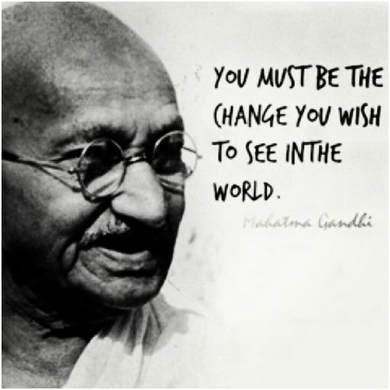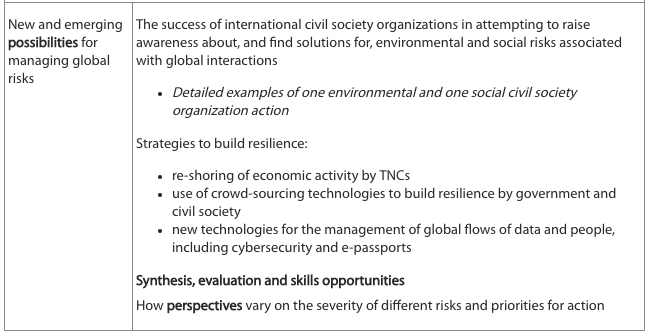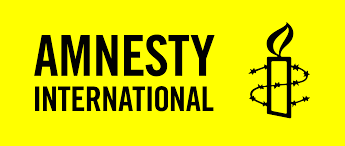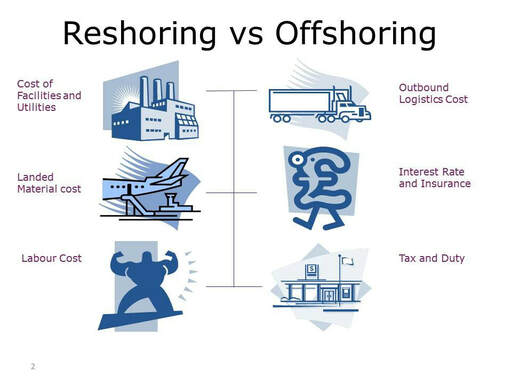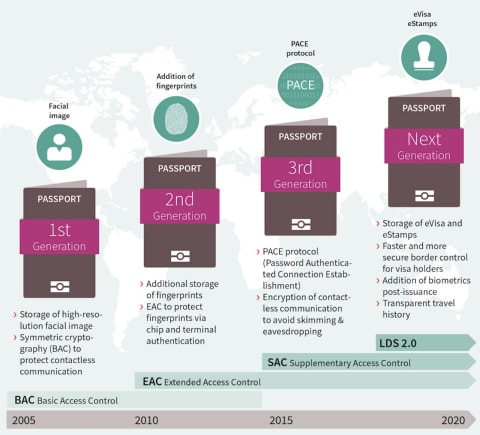3. Local and global resilience
Syllabus Link: New and emerging possibilities for managing global risks
Civil Societies
The success of international civil society organizations in attempting to raise awareness about, and find solutions for, environmental and social risks associated with global interactions
Greenpeace: An example of an environmental civil society
|
|
|
|
Article: 5 Greenpeace campaigns against companies
Website: Greenpeace - Climate change - what we do
Website: Greenpeace arctic campaign
Amnesty International: An example of a social civil society
|
|
|
|
Website: Amnesty International
Webpage: 2017 Amnesty Successes
Webpage: Amnesty - Why we are effective
Links: Amnesty International Thailand resources
Strategies to Build Resilience
Reshoring of Economic Activity
|
|
|
|
Crowd Sourcing Technologies
New Technologies for the Management of Global Flows
Cybersecurity
|
|
|
|
Activity: Cybersecurity video questions
Article: E-passports and the critical cybersecurity question
Article: Swamped by cyberthreats citizens need government protection
E-Passports
|
|
|
